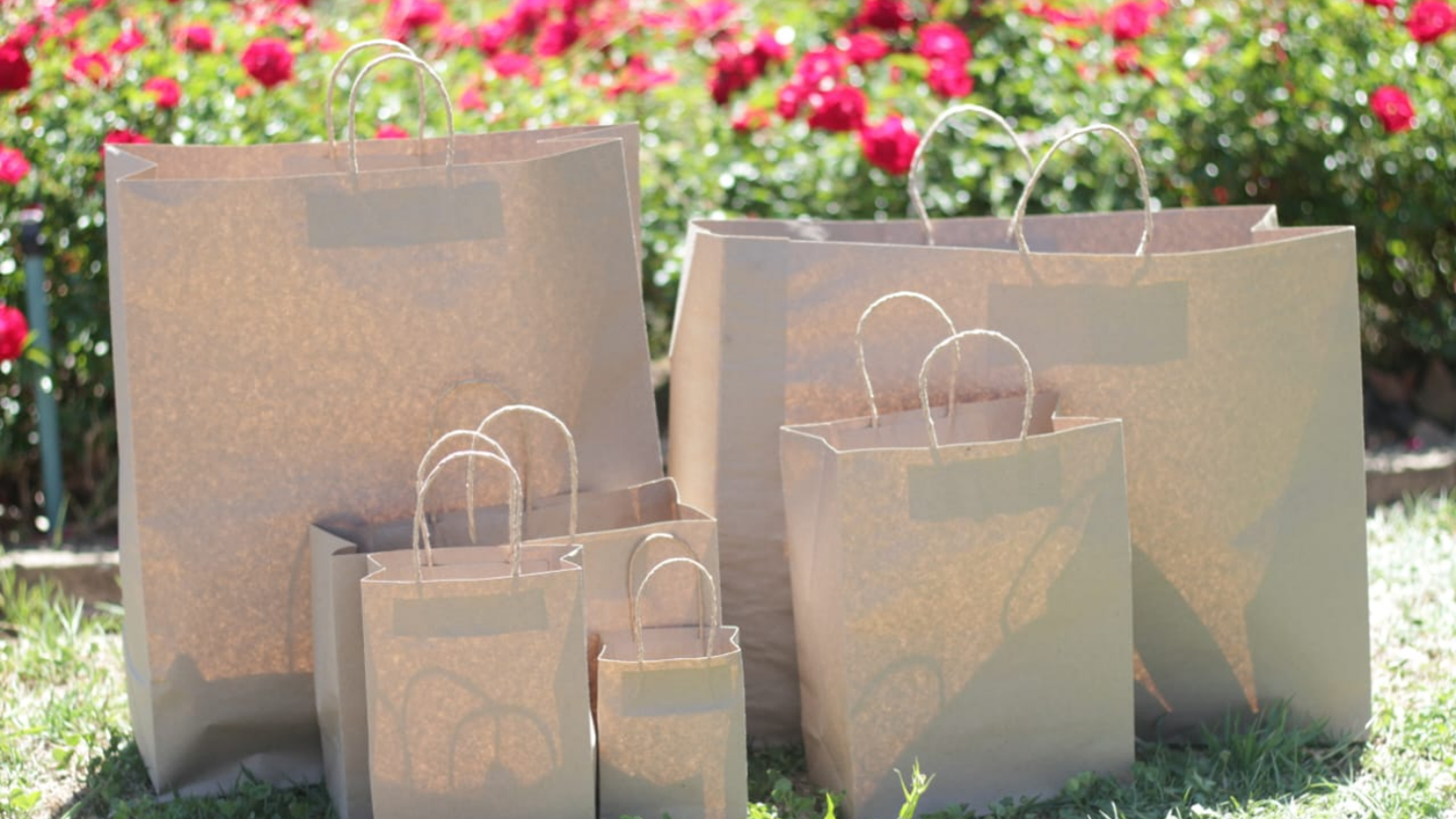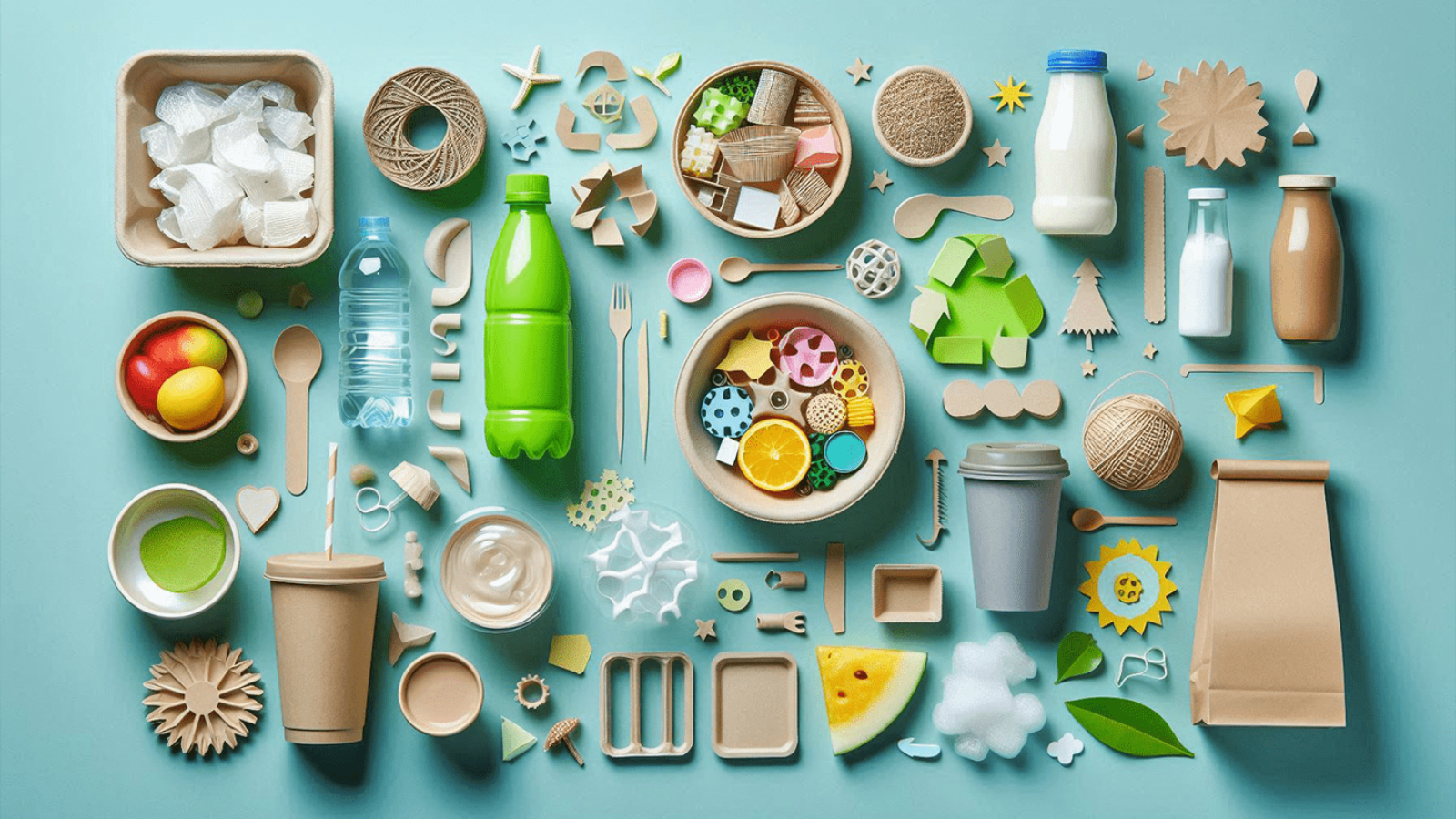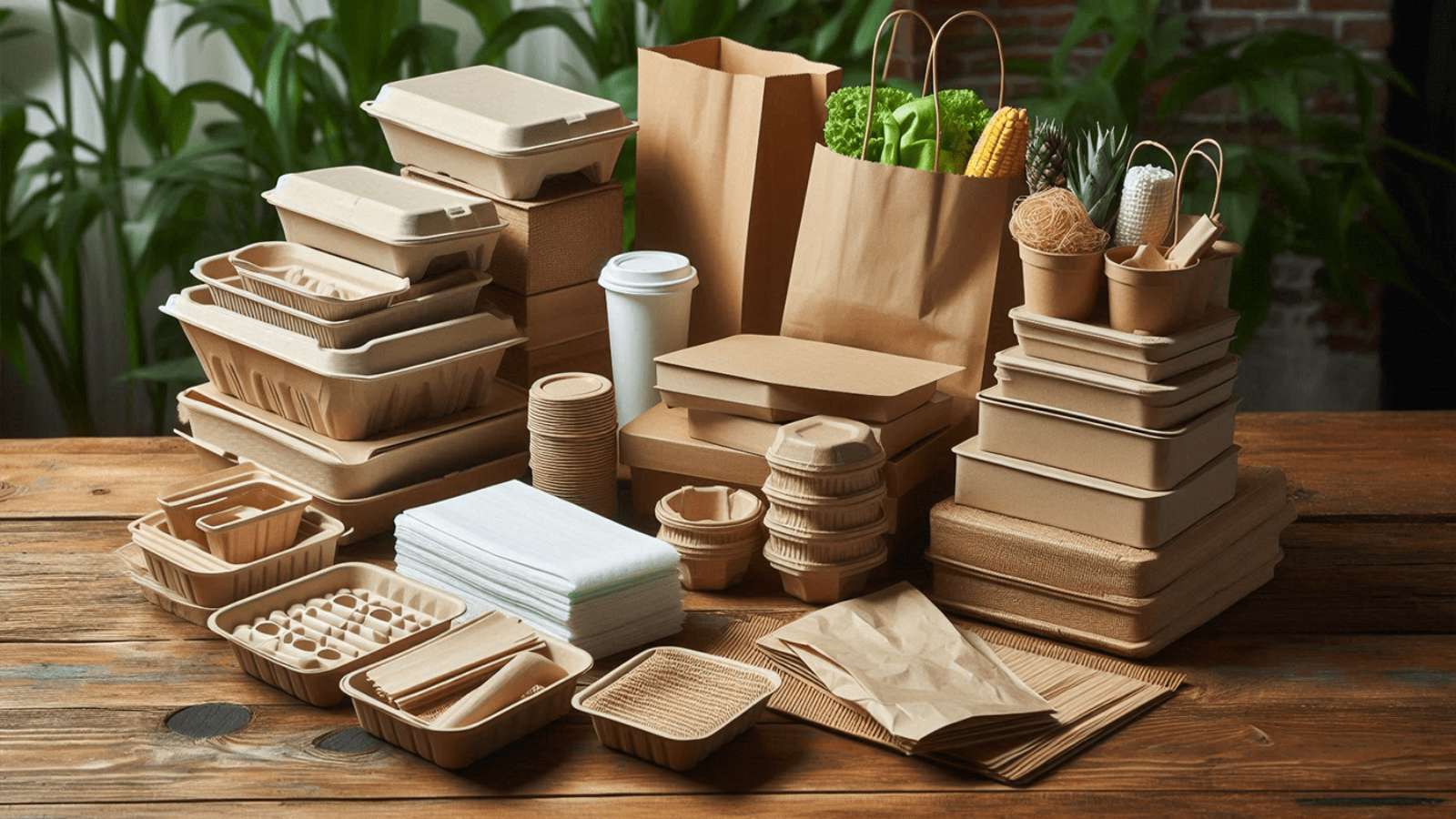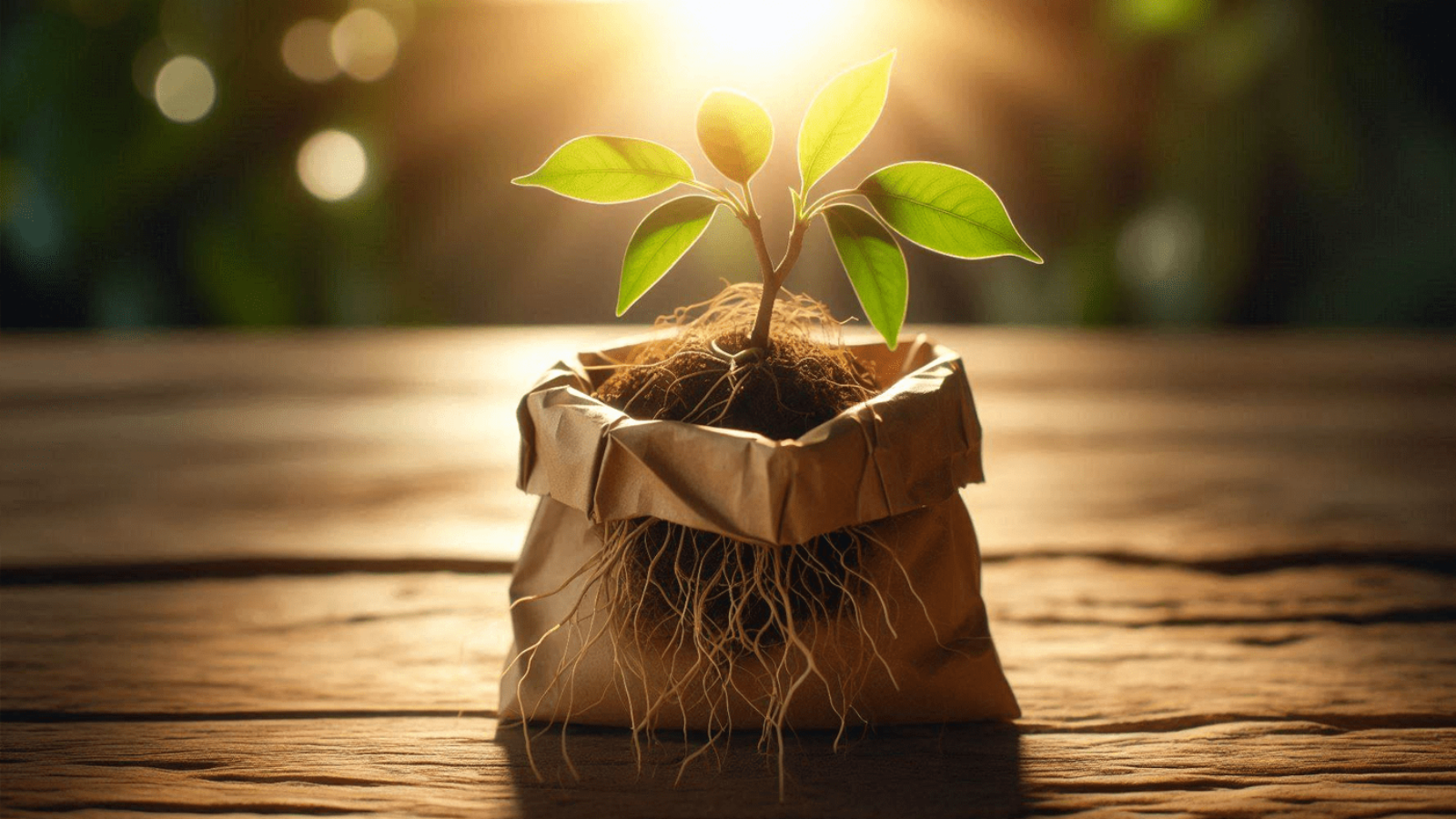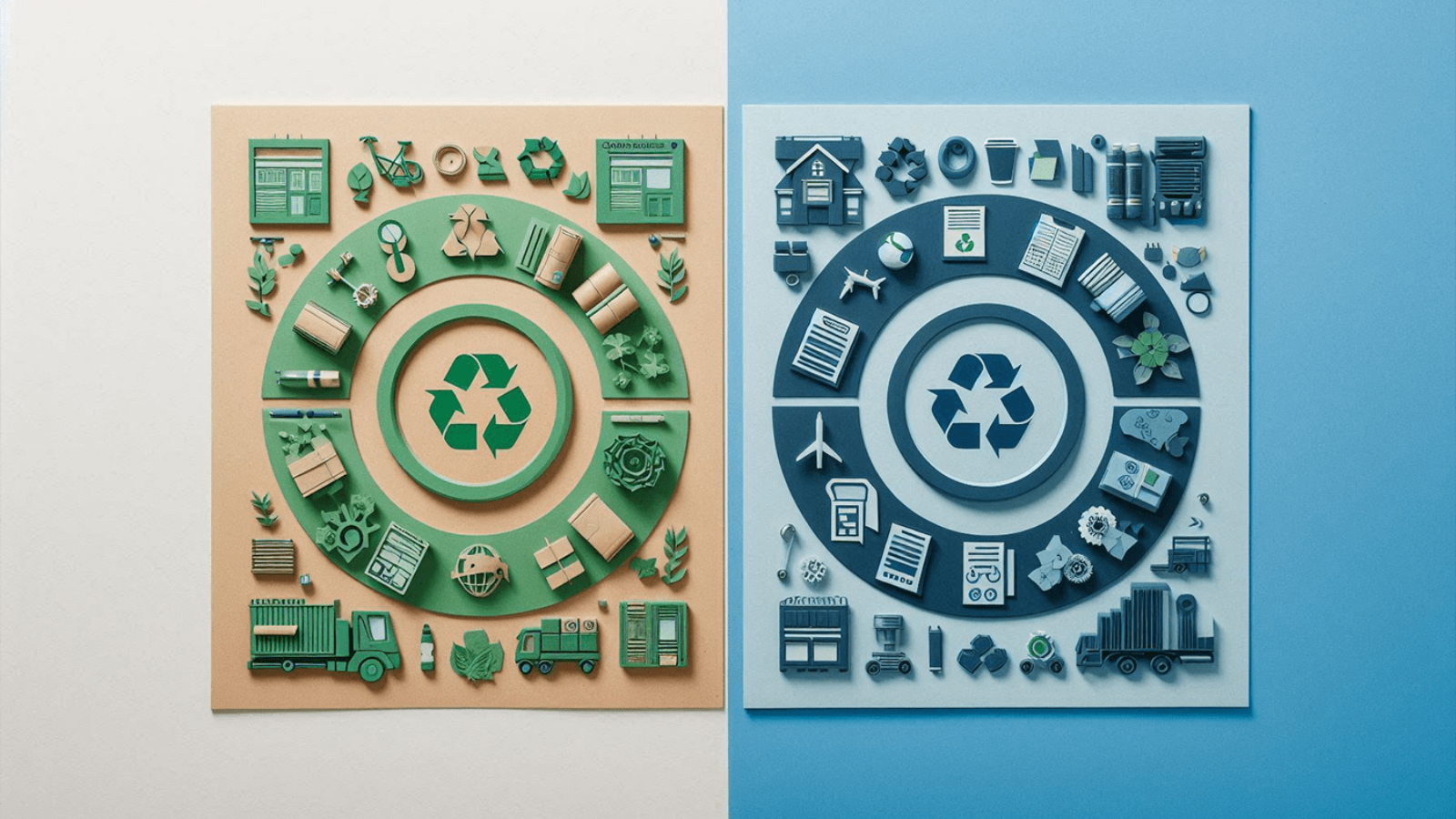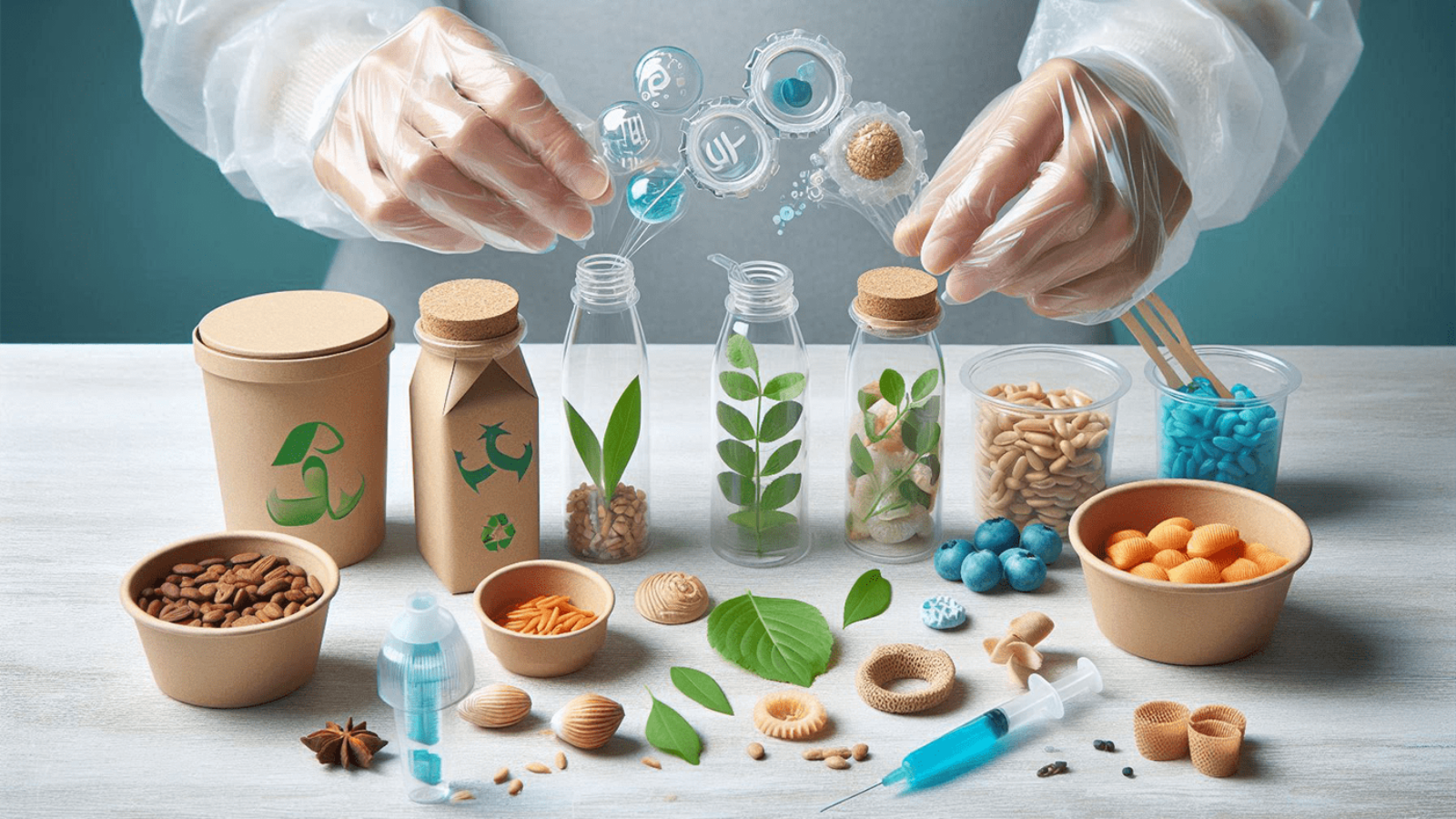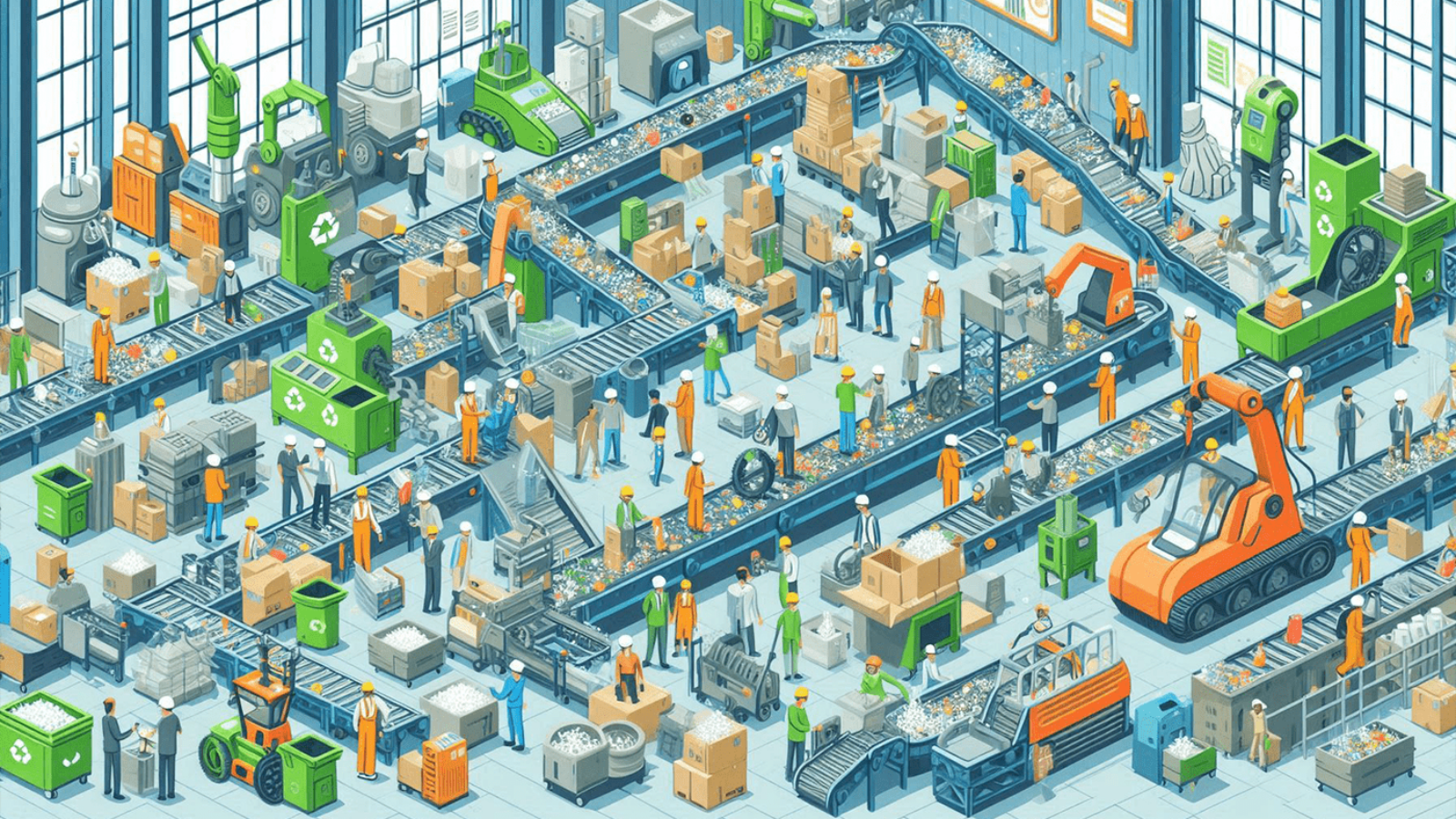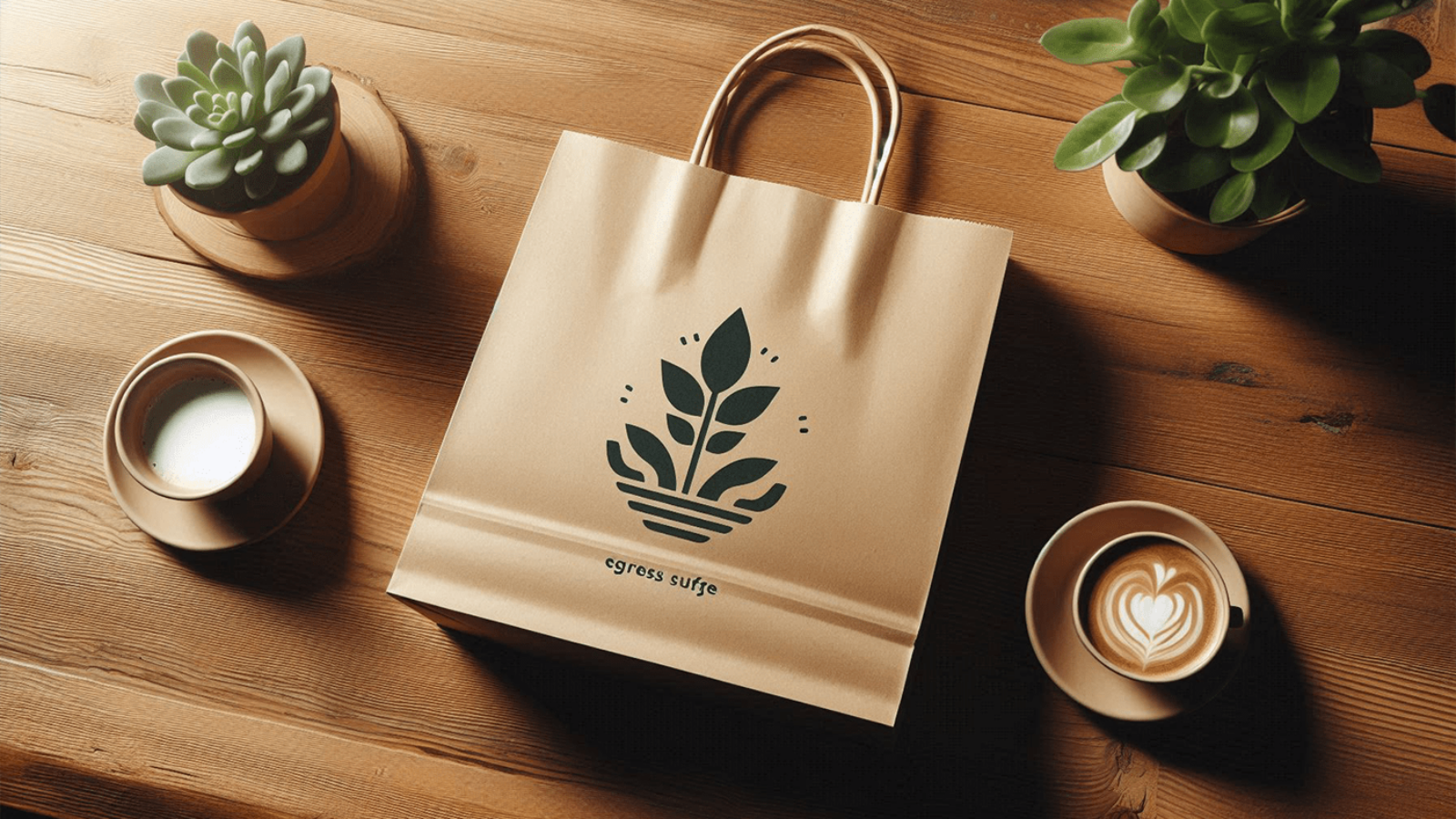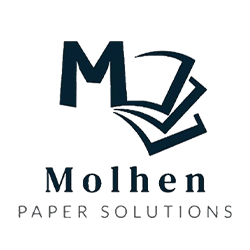As global awareness around environmental conservation grows, businesses are increasingly moving towards sustainable packaging solutions. This shift is driven by the urgent need to reduce plastic waste, which continues to have severe environmental consequences. Sustainable packaging options, like paper, cellulose, and biodegradable materials, are becoming essential tools for companies to demonstrate their commitment to environmental responsibility, attract eco-conscious consumers, and promote a more circular economy.
Environmental Impact and Corporate Responsibility
Businesses today are expected to be more than profit-driven entities; they are encouraged to be socially responsible and environmentally aware. Traditional packaging, especially single-use plastic, has a lasting impact on ecosystems, taking hundreds of years to decompose and causing harmful effects on marine and terrestrial life. Sustainable packaging offers an effective alternative. Materials like cellulose and PLA (Polylactic Acid) are derived from renewable sources and are designed to break down quickly and safely, leaving minimal environmental footprint. For example, cellulose, derived from plant fibers, is biodegradable and compostable, allowing it to decompose naturally.
Switching to sustainable packaging aligns with global environmental goals, including the United Nations’ Sustainable Development Goals (SDGs). These goals urge companies to reduce waste, promote responsible consumption, and support life on land and in water. By adopting sustainable packaging, companies show their commitment to these goals, demonstrating to their customers that they prioritize the planet’s well-being.
Meeting Consumer Demand for Eco-Friendly Products
Today’s consumers are more environmentally conscious than ever before, with studies showing that many are willing to pay more for sustainable products. Millennials and Gen Z, in particular, are actively seeking out companies that demonstrate eco-friendly practices. This demand for sustainable products presents a powerful incentive for companies to adopt sustainable packaging, as it allows them to tap into a growing market of consumers who prioritize brands that align with their values.
In addition to attracting new customers, sustainable packaging can boost brand loyalty. When consumers see that a company values sustainability, they are more likely to feel a sense of connection and loyalty toward the brand. This increased loyalty can lead to repeat purchases, positive word-of-mouth, and brand advocates who promote the company’s values on social media.
Long-Term Cost Savings
While sustainable packaging materials may initially cost more, they often lead to significant cost savings in the long run. Packaging redesigns that focus on sustainability tend to use less material and are more efficient, reducing production and transportation costs. Moreover, sustainable packaging can reduce disposal costs, as it generates less landfill-bound waste. Companies that invest in sustainable materials often find that they receive a return on investment through increased sales and brand loyalty, especially as the demand for eco-friendly packaging continues to grow.
How to Begin Your Transition to Sustainable Packaging
For companies considering the switch to sustainable packaging, the journey often begins with a comprehensive assessment of current packaging materials and practices. An effective packaging audit includes examining the materials used, the processes involved, and the environmental impact of each step. From there, companies can explore alternative materials like recycled paper, biodegradable plastics, or plant-based options like PLA.
Partnering with an expert in sustainable packaging, like Molhen Paper Solutions, can streamline the transition. We offer a range of eco-friendly packaging options, including customized paper bags that align with a company’s branding while prioritizing environmental sustainability. Embracing sustainable packaging can be a powerful tool in building a brand that consumers trust and respect.

 Cart is empty
Cart is empty 